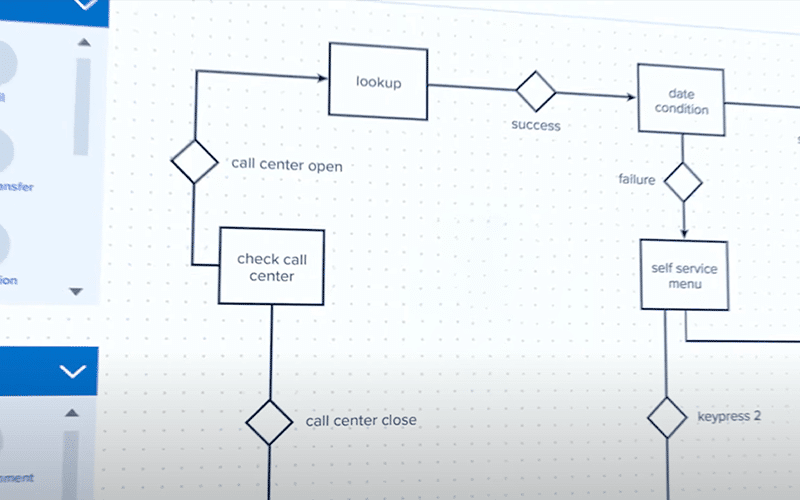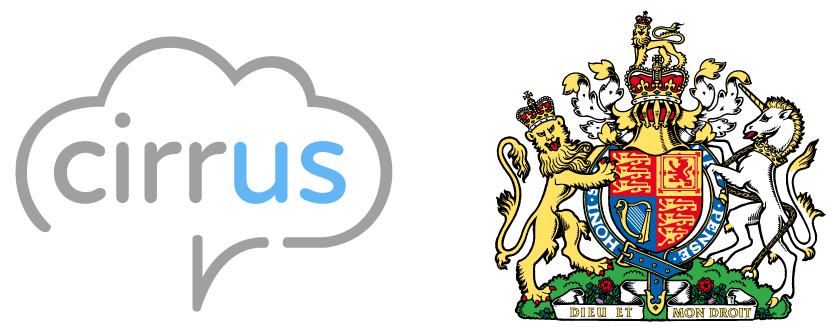Automated phone systems using interactive voice response (IVR) technology are still a key part of the customer service experience for many businesses. While IVR has been around for decades, evolving customer expectations mean the systems must continually improve to meet demands.
At Cirrus, we frequently engage with customers to understand how to optimise voice IVR for the best experience. Based on this feedback, here are the top requests customers have for voice IVR in 2024.

Always Offer a Live Agent Option
Despite the convenience IVR can provide, research shows over half of customers still prefer speaking to a human for customer service. One study found 55% would choose a live agent over an automated system.
People appreciate having the option to bypass lengthy IVR menus by easily selecting a route to a live person, especially when dealing with complex issues that may require a human touch. Good IVR design allows this by offering an upfront option to reach an agent.
At the same time, customers don’t want long hold times once they’ve selected the live agent route. So IVR systems need a mechanism to return callers to self-serve menus if agents are unavailable rather than an indefinite wait.
Streamlined, User-Friendly Menu Options
One of the biggest customer gripes about voice IVR is poorly designed menu options that are confusing, long-winded or fail to provide relevant choices for their needs. Callers want menus that make it quick and easy to get to the right place.
There are some easy fixes that can dramatically improve the menu experience:
- Keep menu descriptions concise and jargon-free using plain language
- List the most common reasons for calling first to address the majority upfront
- Use no more than 5 options per menu to avoid overload
- Limit each menu prompt to 30 seconds or less
A classic UK example of a poor IVR menu is one that drones on: “You have reached [Company Name]. For enquiries relating to sales, delivery status or returns, please press 1. For billing and account queries, press 2…” and so on through a minefield of choices.
Compare that to: “Hello, for our most popular options, press 1 for delivery updates or 2 for billing support. Or, quickly say what you need for other enquiries.” Short, simple and getting straight to the point.
Accommodate Diverse Customer Needs
While voice IVR is intended to provide consistent service, businesses must account for the diversity of their customer base by making their systems as inclusive and accessible as possible.
At a minimum, IVR menus should provide options to switch to different languages from the start to avoid frustrating non-native speakers. According to 2021 census data, over 1 in 6 people in the UK use a main language other than English at home.
In addition to multilingual support, visually-impaired customers may prefer using the phone keypad over voice for IVR input, while those with mobility issues may have the opposite preference. Offering both input methods accommodates a wide range of needs.
For customers who are deaf or hard of hearing and use British Sign Language (BSL), IVR systems should enable seamless connection to a live BSL interpreter upon request.
Some companies are even exploring visual IVR via websites and mobile apps. This allows customers to navigate IVR menus through an intuitive visual interface and easily connect to other channels like chat if needed.
At its core, an inclusive IVR recognises that a one-size approach fails to meet the diverse needs of all customers. Catering to different languages, abilities and preferences demonstrates a customer-centric approach.
The Common Thread: Customer-Centric IVR Design
While the specific requests vary, the overarching theme is that customers want IVR systems designed around their needs and expectations – not forcing them to adapt to the IVR.
Companies can meet this expectation by leveraging IVR best practices like those mentioned above, as well as engaging customers directly through surveys, feedback forms, user testing and other voice-of-the-customer methods.
At Cirrus, we work closely with our clients to optimise all aspects of their contact centre experience, including IVR design and strategy. With a customer-centric approach transcending all channels, businesses can deliver the effortless experiences modern customers expect.
If your contact centre could benefit from a next-generation IVR solution backed by over 25 years of industry expertise, we’re ready to assist. Contact us today to discuss taking your IVR experience to new heights in 2024 and beyond.
Jargon buster
What is IVR VoIP?
VoIP stands for voice over internet protocol and IVR stands for interactive voice response. VoIP phone services is a type of technology that allows phone calls to be made over a broadband internet connection, rather than a regular landline phone. IVR systems can easily be integrated into VoIP phone services so that they run over the internet.
What is an IVR example?
A classic example of IVR is when you make a call to a company and you reach the menu option stating “press one for technical assistance, press two for sales support, press zero to speak with an operator.” Once you make your selection you are then routed to the department/service or another submenu for further options. If no one is available to answer your call you may be sent to a voicemail.




